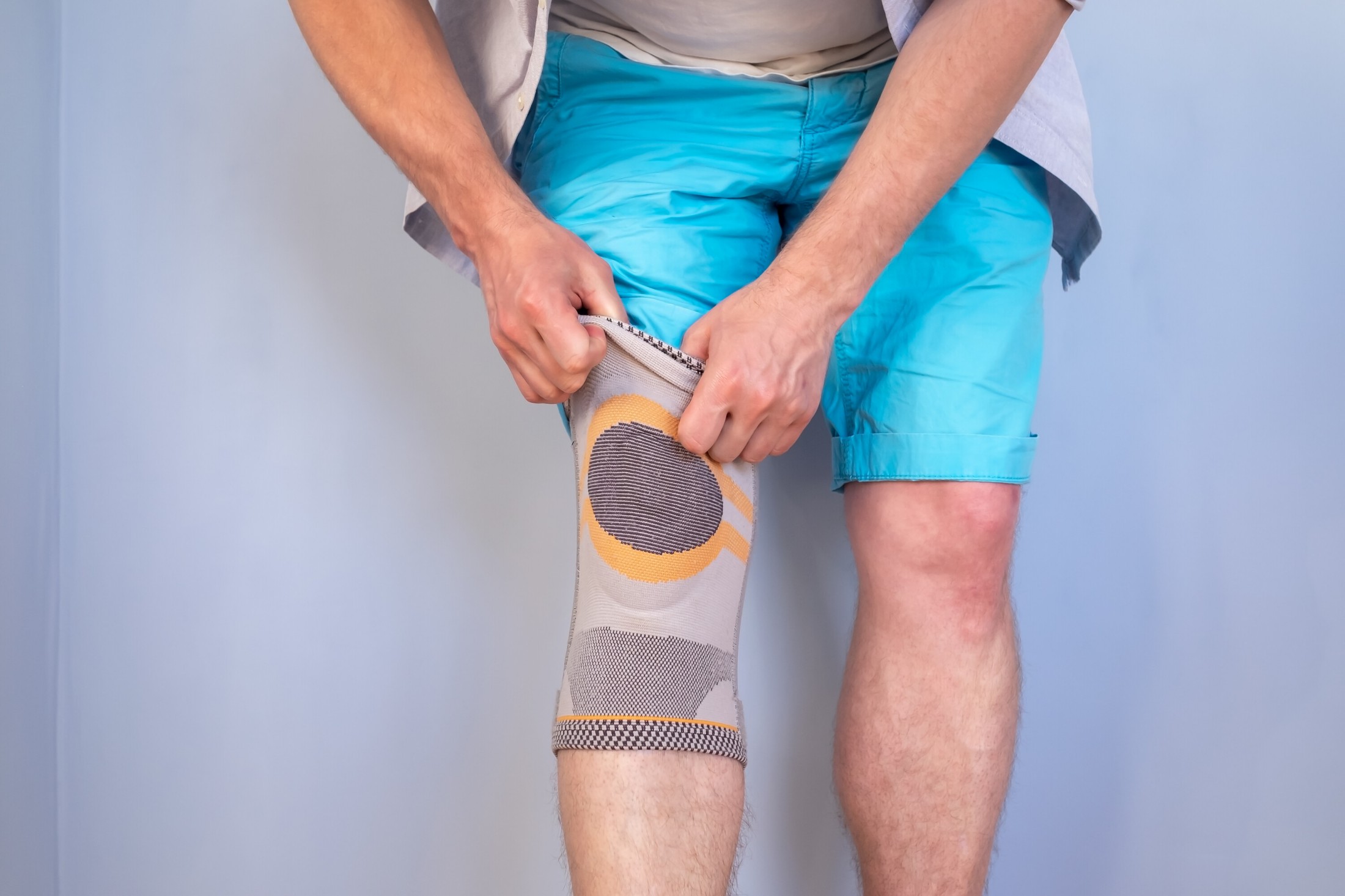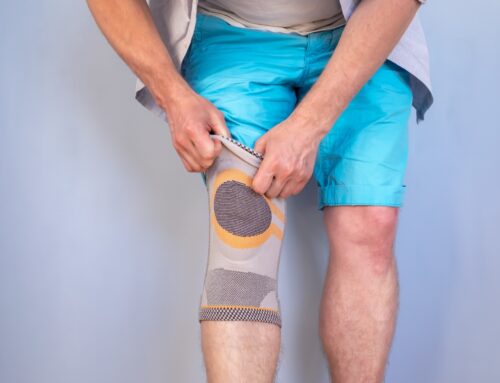Orthotics are medical devices that are used to support, align, or correct various foot problems. They can be custom-made to fit a patient’s individual needs, or they can be off-the-shelf products that are designed for a specific foot condition. For individuals with diabetes, orthotics are an essential tool for managing foot health.
Diabetes can cause a variety of foot problems, such as neuropathy, poor circulation, and foot ulcers. These problems can lead to serious complications and even amputation if left untreated. However, orthotics can help prevent and manage these issues by providing support, cushioning, and pressure relief to the feet.
In this article, we will discuss the importance of orthotics for diabetic foot care. We will explore the different types of orthotics available for diabetic patients, how to choose the right orthotics, and the benefits of custom orthotics for diabetic foot pain. We’ll also provide tips for preventing diabetic foot ulcers with orthotics and maximizing diabetic foot health.
The Importance of Orthotics for Diabetes
Diabetes can have a significant impact on foot health. High blood sugar levels can cause nerve damage (neuropathy) and poor circulation, which can lead to a variety of foot problems. Diabetic patients may experience numbness or tingling in their feet, decreased sensation, and even foot ulcers. In severe cases, diabetic patients may require amputation due to complications related to their foot health.
Orthotics can help prevent these complications and improve foot health for diabetic patients. They provide support and cushioning to the feet, reducing pressure and stress on the joints and bones. Orthotics can also improve balance and stability, which can reduce the risk of falls and related injuries. Additionally, orthotics can help redistribute pressure on the feet, preventing the development of foot ulcers.
Orthotics can be custom-made to fit a patient’s individual needs, taking into account factors such as foot type, level of activity, and specific foot problems. This customization allows for the most effective treatment of foot problems related to diabetes. Overall, orthotics are a crucial tool for managing foot health in diabetic patients and preventing serious complications.
Different Types of Orthotics for Diabetic Patients
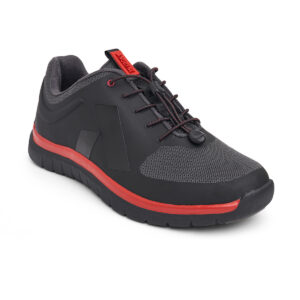
- Arch supports: Arch supports are orthotics designed to support the arch of the foot. They can help alleviate foot pain and reduce pressure on the feet.
- Custom Insoles: Insoles are orthotics that can be placed inside a shoe. They provide cushioning and support to the foot, reducing the risk of foot injuries and improving overall foot health.
- Custom orthotics: Custom orthotics are specially designed to fit a patient’s individual needs. They can address a wide range of foot problems, such as flat feet, high arches, and plantar fasciitis.
- Ankle braces: Ankle braces are orthotics that provide support and stability to the ankle. They can help prevent ankle sprains and other injuries.
- Toe separators: Toe separators are orthotics that help realign the toes and reduce pressure on the feet. They can be helpful for patients with bunions or other foot problems.
Each type of orthotic works in different ways to improve foot health. Arch supports and insoles provide cushioning and support to the feet, while custom orthotics are tailored to address specific foot problems.
Ankle braces and toe separators help improve overall foot stability and alignment, reducing the risk of foot injuries. Overall, the different types of orthotics available for diabetic patients allow for a customized approach to foot care and management.
Choosing the Right Orthotics for Diabetes

- Foot type: The shape and structure of the foot can have a significant impact on the type of orthotics needed. For example, patients with flat feet may require different orthotics than those with high arches.
- Level of activity: The level of activity of the patient is another important factor to consider. Patients who are more active may require orthotics that are more durable and provide additional support.
- Foot problems: The specific foot problems a patient is experiencing should also be taken into account when choosing orthotics. For example, a patient with plantar fasciitis may benefit from orthotics that provide arch support, while a patient with toe problems may require toe separators.
- Budget: Orthotics can be expensive, so budget is an important consideration for many patients. Off-the-shelf orthotics may be more affordable, while custom orthotics can be more expensive but offer a more tailored approach to foot care.
When choosing orthotics for diabetes, it’s important to work with a healthcare provider who can help determine the best option for a patient’s individual needs. They can evaluate the patient’s foot structure, level of activity, and foot problems to recommend the most appropriate orthotics.
Additionally, patients should consider the cost of the orthotics and whether they are covered by insurance. With the right orthotics, diabetic patients can improve their foot health and reduce the risk of serious complications.
Benefits of Custom Orthotics for Diabetic Foot Pain
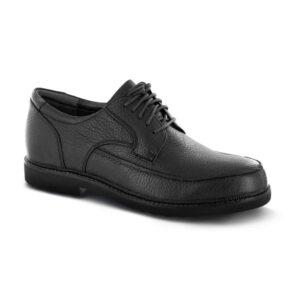
- Improved balance and stability: Custom orthotics can help improve balance and stability in diabetic patients, reducing the risk of falls and other injuries.
- Reduced pressure on the feet: Custom orthotics can help distribute pressure evenly across the foot, reducing the risk of foot ulcers and other complications.
- Alleviation of foot pain: Custom orthotics can help alleviate foot pain and discomfort, allowing patients to be more active and improve their overall quality of life.
- Improved posture: Custom orthotics can help improve posture and alignment, reducing strain on the feet, knees, and lower back.
- Prevention of foot deformities: Custom orthotics can help prevent foot deformities from developing or worsening in diabetic patients, such as hammertoes or bunions.
Orthotics offer a more personalized approach to foot care and can help alleviate a wide range of foot problems and complications in diabetic patients. They can be particularly beneficial for patients who are experiencing chronic foot pain or discomfort.
Working with Care-Med’s Certified Chiropodist to determine the best orthotic option for a patient’s individual needs can help improve foot health and reduce the risk of serious complications.
Preventing Diabetic Foot Ulcers with Orthotics
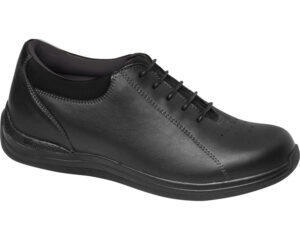
Orthotics work by redistributing pressure on the feet, reducing the risk of hot spots and areas of high pressure that can lead to foot ulcers. They can also help reduce friction on the feet, which can contribute to the development of ulcers.
Off-the-shelf orthotics can be effective for some patients, but custom orthotics are generally recommended for those at high risk of foot ulcers. Custom orthotics are designed to fit the patient’s individual foot structure, providing a more tailored approach to foot care.
In addition to orthotics, diabetic patients can take several other steps to reduce the risk of foot ulcers. These include:
- Checking the feet regularly for signs of ulcers, cuts, or other injuries.
- Wearing shoes that fit properly and provide adequate support.
- Keeping the feet clean and dry.
- Moisturizing the feet regularly to prevent dryness and cracking.
- Seeking medical attention for any foot problems, even if they seem minor.
By combining these strategies with the use of orthotics, diabetic patients can reduce their risk of developing foot ulcers and other serious complications.
Tips for Maximizing Diabetic Foot Health with Orthotics
While orthotics can be a valuable tool for promoting foot health in diabetic patients, it’s important to use them correctly and care for them properly. Below are some tips for maximizing the benefits of orthotics for diabetic foot health:
- Wear orthotics as directed: It’s important to wear orthotics as directed by a healthcare provider to ensure they are providing the intended benefits. In most cases, orthotics should be worn consistently and replaced regularly.
- Replace worn-out orthotics: Over time, orthotics can become worn out and lose their effectiveness. It’s important to replace them as recommended by a healthcare provider to ensure they are providing adequate support and protection.
- Keep orthotics clean: Regularly clean orthotics with mild soap and water to prevent the buildup of bacteria and odors.
- Store orthotics properly: When not in use, store orthotics in a clean, dry place to prevent damage and deterioration.
- Choose the right shoes: In addition to using orthotics, it’s important to choose shoes that fit properly and provide adequate support. Avoid high heels and shoes with narrow or pointed toes.
- Check feet regularly: Regularly checking the feet for signs of ulcers, cuts, or other injuries can help prevent complications and ensure prompt treatment if necessary.
Orthotics can be a valuable tool for promoting foot health in diabetic patients. By redistributing pressure and providing support and protection, orthotics can help prevent complications such as ulcers and foot pain.
Choose the Best Orthotics
There are various types of orthotics available, including custom-made options that can be tailored to the individual patient’s needs. It’s important to choose the right orthotics for the patient’s foot type, level of activity, and budget.
By following the tips outlined in this article, diabetic patients can maximize the benefits of orthotics for foot health and reduce their risk of complications. Regular check-ups with a healthcare provider can help ensure that orthotics are being used correctly and providing the intended benefits.
Share This Story, Choose Your Platform!
Table of Contents
- How They Can Improve Foot Health
- The Importance of Orthotics for Diabetes
- Different Types of Orthotics for Diabetic Patients
- Choosing the Right Orthotics for Diabetes
- Benefits of Custom Orthotics for Diabetic Foot Pain
- Preventing Diabetic Foot Ulcers with Orthotics
- Tips for Maximizing Diabetic Foot Health with Orthotics
- Choose the Best Orthotics
We specialize in orthotics, body braces, and compression wear tailored to your unique needs in Toronto. Reach out to us at info@caremed.care or call 416-782-5353 to book your fitting and consultation.
Experience the difference of customized solutions designed just for you.



